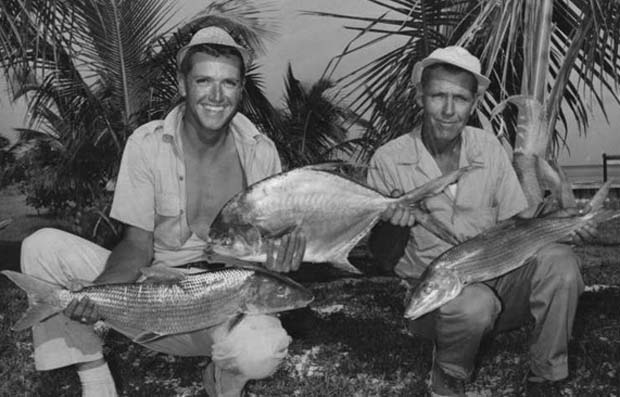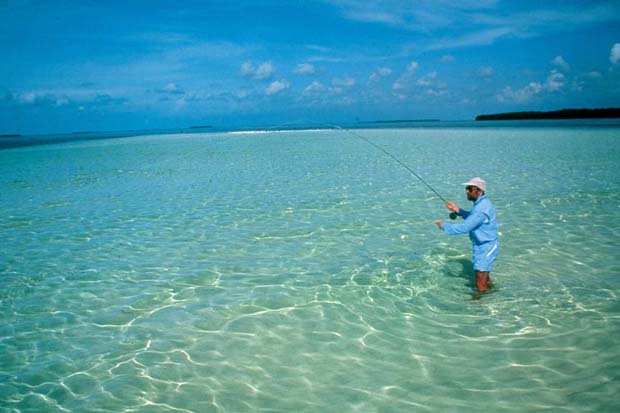Project Bay Bones investigates bonefish decline. Bonefish catches are on the decline, and researchers in the Southeast Environmental Research Center at Florida International University are trying to get to the bottom of this concerning trend
[dropcap]I[/dropcap]n the past three decades, angler catches of bonefish have steadily decreased in Florida Bay and the upper Florida Keys. Little is known about bonefish populations in South Florida, mostly because it is a catch-and-release recreational fishery and the fish are not commercially harvested. Yet their decline is of concern to ecologists and fishing guides alike because bonefish act as indicators of
To better understand the observed decline, the research team, led by principal investigator and FIU professor of environmental studies Jennifer Rehage, is analyzing ecological data from the past 35 years on water quality, climate, seagrass cover, and abundance and distribution of prey, as well as angler catches and effort. The three-year project is funded by Bonefish & Tarpon Trust, an organization dedicated to conserving and enhancing global bonefish, tarpon and permit fisheries and their environments through stewardship, research, education and advocacy.
“Even if the declines in catches are due to bonefish moving into new territories and not to a decline in their population numbers, the declines are likely indicative of habitat degradation,” Rehage said. “If there is a conservation threat, we hope to distill knowledge that will help inform their conservation. You can’t mobilize conservation without science.”

Bill Gorton (left) poses with his first bonefish and Captain Early Gentry (right) in Islamorada, Fla. in 1958. Credit: Florida International University.
The researchers are also integrating a citizen science survey that will allow them to tap into angler and fishing guide knowledge since bonefish data is not available. Known as Project Bay Bones, the survey will allow the researchers to obtain real-time data on the quality of their fishing experience, including where they fish, how has their bonefishing experience changed over time, and what do they think is driving these changes. By finding themes in the survey responses, the researchers can then refer back to the ecological data to better pinpoint what environmental factors, if any, are driving these declines.
“The anglers and guides who are out there everyday know this species better than most people,” said Emily Kroloff, an environmental sciences master’s student working on the project. “They care about this resource and want to help conserve it, it’s the angler culture, but they don’t have an outlet. By integrating them into our science, it gives us a great resource of information and gives them that outlet. It’s a great way to bridge science and people and, hopefully, make a difference.”
Continue reading here . . .






